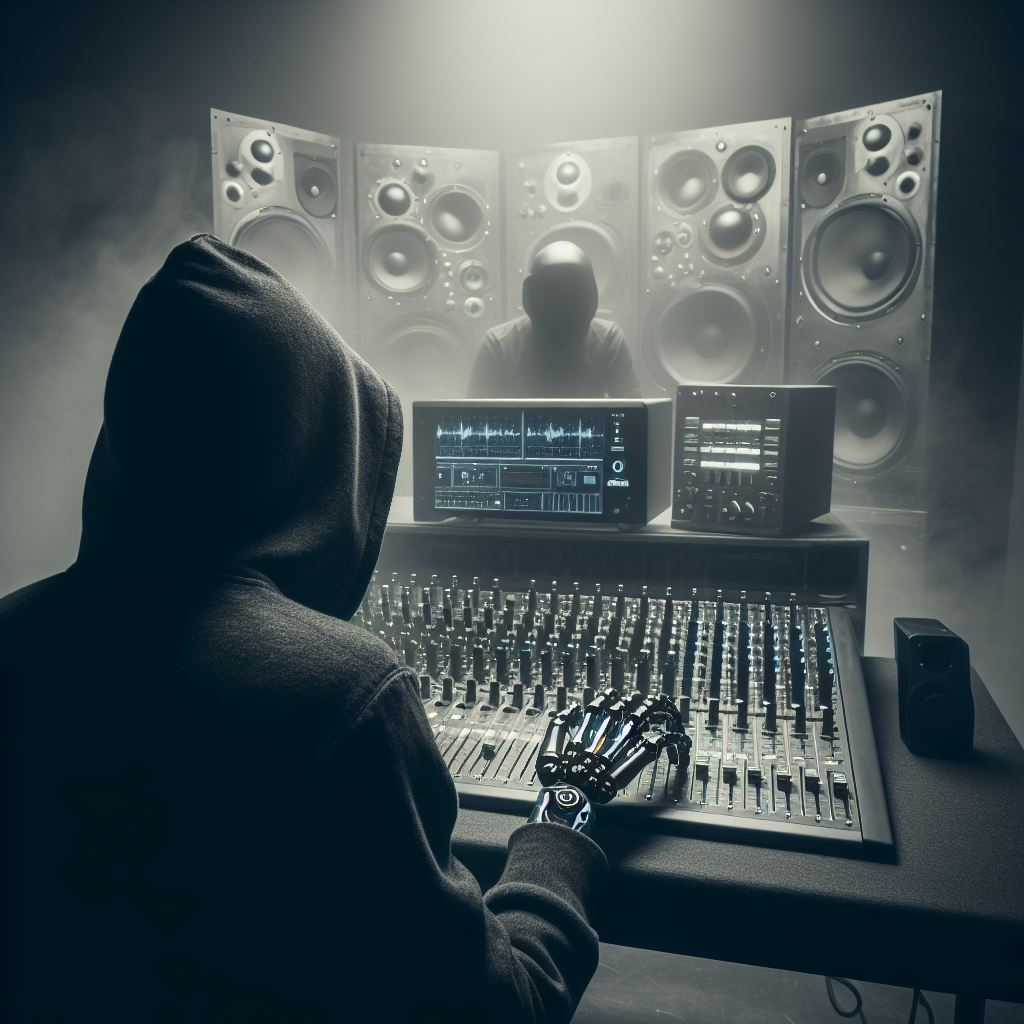Marco Donnarumma /
Margherita Pevere
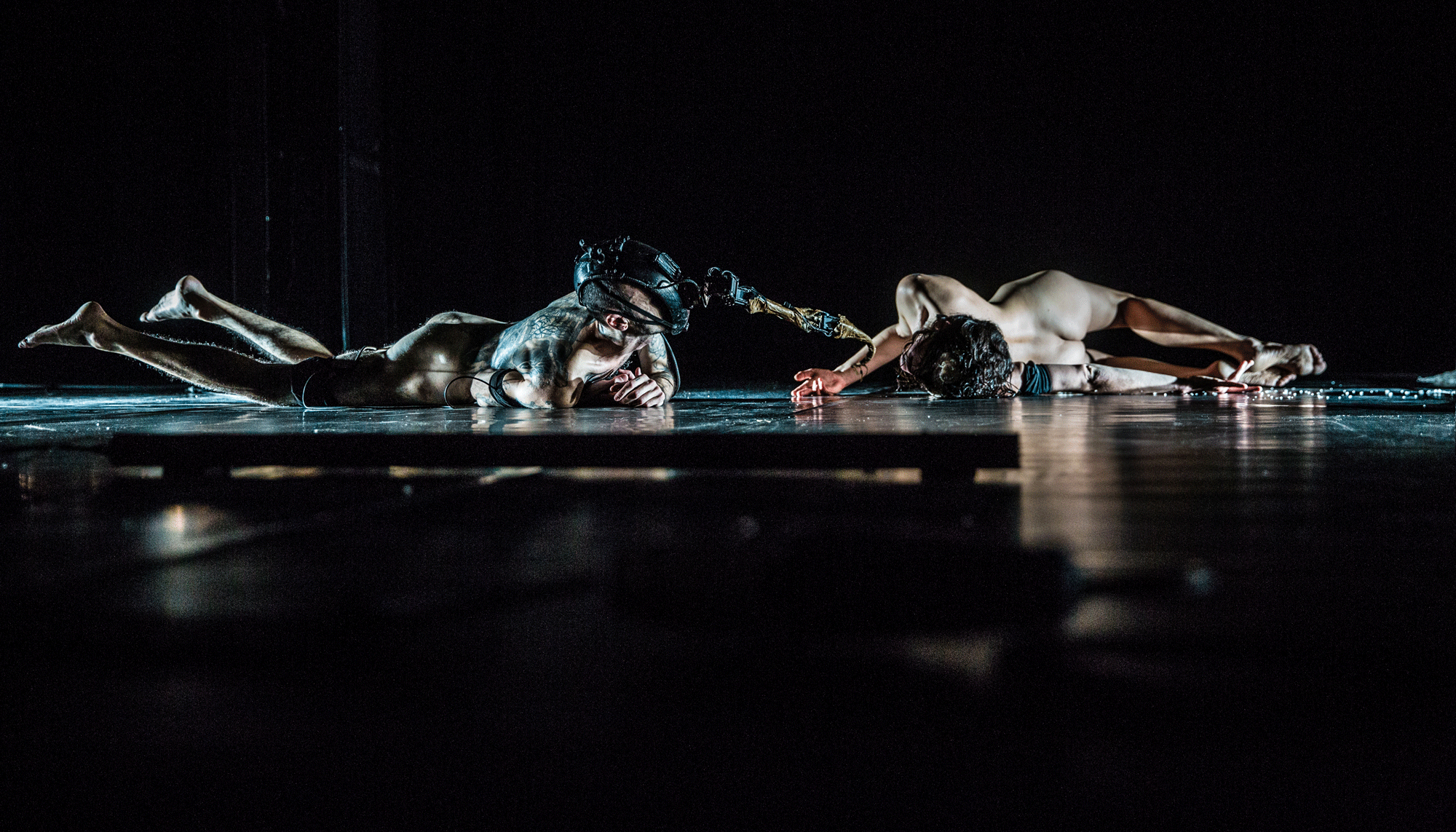
Marco Donnarumma, Margherita Pevere
Meta.Morf 2024 – [up]Loaded Bodies / Kjøpmannsgata Ung Kunst / Performance April 19 /
Student NOK 80 / Ordinary NOK 160: Ticket
Eingeweide: from the 7 Configurations cycle (2018)
What does it mean to create a truly autonomous machine, independent from human control? And what happens when organs live outside of a body? Perhaps the human body’s only real power is to take on ever changing forms and identities.
“Eingeweide” is the staging of a ritual of coalescence. Inhabiting a desolated, surreal landscape, two human bodies become violently entangled with an artificially intelligent (AI) prosthesis, out-of-body organs, relics from computer server farms, and animal remains.
The prosthesis uses AI algorithms to learn in real time how to move, exist and perform on stage. The organs pulsate, leak, and crawl on the floor, bearing traces of the microbial cultures which created them. Sounds from the performers’ muscular activity are amplified and transformed by AI algorithms into a powerful and visceral auditive experience, submerging the spectators.
The performers’ bodies become, thus, one and multiple, at times asserting, at times misplaced. They are the means of a drastic form of bodily experimentation, where alternate identities emerge from the convergence of human, machine, and micro-organisms. In such a configuration, each element drastically affects the other. Physicality and psyche are meshed up, shaken, and probed.
A far cry from trans-humanist ideals or techno-phobic claims, “Eingeweide” creates its own vocabulary of symbolic meaning, manifesting the relationship between humans, technology, and living-others as a harsh, poetic, and humbling form of intimacy.
“Eingeweide” is part of the “7 Configurations” cycle (2014-2019), a series of works by Marco Donnarumma on the conflicts surrounding the human body in the era of artificial intelligence (AI).
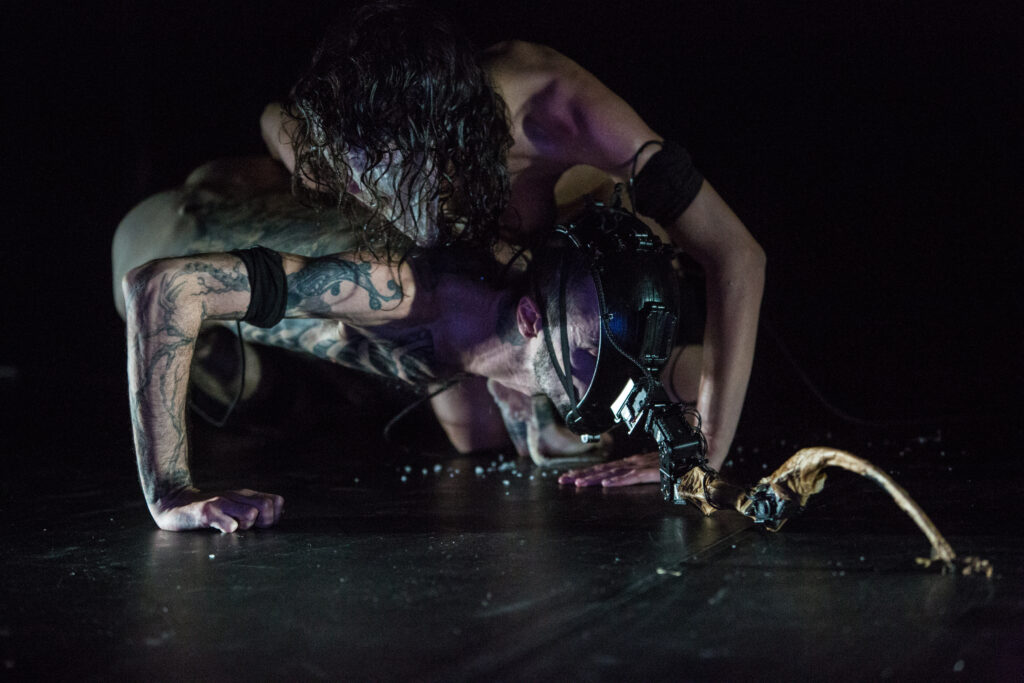
“Eingeweide”, 2018, Evening-length piece for two performers, machine and biomaterials. Photo: Giovanni De Angelis.
Credits
Eingeweide
Concept: Marco Donnarumma
Artistic direction: Marco Donnarumma, Margherita Pevere
Dramaturgy, choreography: Marco Donnarumma, Margherita Pevere
Performers: Marco Donnarumma, Margherita Pevere
Music, interaction programming: Marco Donnarumma
Stage design: Marco Donnarumma, Margherita Pevere
Light design: Andrea Familari
Performer’s biofilm mask: Margherita Pevere
Physiological computing software and hardware: Marco Donnarumma
Artwork’s description texts: Marco Donnarumma
Photography: Manuel Vason
Live photography: Giovanni De Angelis, Nada Zgank | Kapelica
Video trailer: Marco Donnarumma
Production management: Kotryna Slapsinskaite
Robotic prosthesis
Concept: Marco Donnarumma
Morphology, engineering: Marco Donnarumma
Fabrication, AI programming: Marco Donnarumma
Neurorobotics scientific advice: Prof. Manfred Hild
Scientific support: Neurorobotics Research Lab, Beuth Hochschule, Berlin
Additional AI programming: Alberto de Campo
Engineering design, 3D modelling and 3D printing: Christian Schmidts
Visual design: Ana Rajcevic
Biofilm skin: Margherita Pevere
Eingeweide is an artwork and a production by Marco Donnarumma co-directed with Margherita Pevere, realized as a part of the 7 Configurations cycle ideated and produced by Marco Donnarumma. Eingeweide was commissioned by CTM Festival (DE) and realised in the context of Donnarumma’s Fellowship at the Graduiertenschule, Berlin University of the Arts.
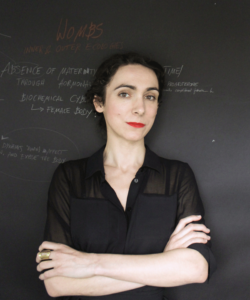 Margherita Pevere (DE/IT) is an internationally acknowledged artist and researcher working across biological arts and performance with a distinctive visceral signature. Her inquiry hybridizes biotechnology, ecology, queer and death studies to create arresting installations and performances that trail today’s ecological complexity. Her body of work is a blooming garden crawling with genetically edited bacteria, cells, sex hormones, microbial biofilm, blood, slugs, growing plants and decomposing remains. Pevere has completed a practice-based doctorate in Artistic Research at Aalto University, Department of Arts, Design and Architecture. Her work has been shown at Volkstheater Wien (AT), Kiasma Theatre (FI), Kapelica Gallery (SI), KONTEJNER (HR), Bioart Society (FI), Ars Electronica (AT), Bandit Mages (FR), Art Laboratory Berlin (DE), Donaufestival (AT), Casa Viva (MX), Foundation L’Art Pur (SAU), Kunstquartier Bethanien (DE), among others. Currently, she is developing her new project “Lament” with the support of the NaturArchy – Resonances Project at the Joint Research Centre of the European Commission, and she is artist in residence at the ENLIGHT-TEN+ immunology consortium. Pevere has given a number of talks and lectures that were organized by venues and platforms such as ZKM (DE), Quo Artis Foundation (ES), Disruption Network Lab (DE), and Werkleitz Festival (DE). Pevere is a member of the Finnish Bioart Society and the Queer Death Studies Network, and an affiliated researcher of the Eco- and Bioart Lab. Her work received individual and group grants from the JRC Resonances Project, EMARE Program, Kone Foundation, Finnish National Agency for education, Fonds Darstellende Künste: Sonderprogramm Autonom, Koprodutionsfond Berliner Senat für Europa und Kultur, PACT Zollverein, and Berlin Hauptstadtkulturfonds. She was a finalist in the category of Art and Science of Falling Walls, an international science platform awarding scientific breakthroughs, received an Honorable Mention by Share prize, a Digital art award by Romaeuropa Festival (with Marco Donnarumma), and a visual Art Prize by Com.It.Es. Berlin.
Margherita Pevere (DE/IT) is an internationally acknowledged artist and researcher working across biological arts and performance with a distinctive visceral signature. Her inquiry hybridizes biotechnology, ecology, queer and death studies to create arresting installations and performances that trail today’s ecological complexity. Her body of work is a blooming garden crawling with genetically edited bacteria, cells, sex hormones, microbial biofilm, blood, slugs, growing plants and decomposing remains. Pevere has completed a practice-based doctorate in Artistic Research at Aalto University, Department of Arts, Design and Architecture. Her work has been shown at Volkstheater Wien (AT), Kiasma Theatre (FI), Kapelica Gallery (SI), KONTEJNER (HR), Bioart Society (FI), Ars Electronica (AT), Bandit Mages (FR), Art Laboratory Berlin (DE), Donaufestival (AT), Casa Viva (MX), Foundation L’Art Pur (SAU), Kunstquartier Bethanien (DE), among others. Currently, she is developing her new project “Lament” with the support of the NaturArchy – Resonances Project at the Joint Research Centre of the European Commission, and she is artist in residence at the ENLIGHT-TEN+ immunology consortium. Pevere has given a number of talks and lectures that were organized by venues and platforms such as ZKM (DE), Quo Artis Foundation (ES), Disruption Network Lab (DE), and Werkleitz Festival (DE). Pevere is a member of the Finnish Bioart Society and the Queer Death Studies Network, and an affiliated researcher of the Eco- and Bioart Lab. Her work received individual and group grants from the JRC Resonances Project, EMARE Program, Kone Foundation, Finnish National Agency for education, Fonds Darstellende Künste: Sonderprogramm Autonom, Koprodutionsfond Berliner Senat für Europa und Kultur, PACT Zollverein, and Berlin Hauptstadtkulturfonds. She was a finalist in the category of Art and Science of Falling Walls, an international science platform awarding scientific breakthroughs, received an Honorable Mention by Share prize, a Digital art award by Romaeuropa Festival (with Marco Donnarumma), and a visual Art Prize by Com.It.Es. Berlin.
margheritapevere.com | m-ooo.info | frontavacuo.com
Together with Andrea Familari, Pevere and Donnarumma co-founded the performance group Fronte Vacuo to realize performances made of bodies, symbionts, sounds, machines, and images.
Marco Donnarumma (DE) is an artist, performer, inventor, stage director and theorist weaving together contemporary performance, new media art and interactive computer music since the early 2000s. He manipulates bodies and invents machines, crafts choreographies and composes sounds, thus combining disciplines, media and technology into an oneiric, sensual, uncompromising aesthetics. He is internationally acknowledged for solo performances, stage productions and installations that defy genres, and where the body becomes a morphing language to speak critically of ritual, power and technology.
Touring consistently for the past fifteen years across major and independent theaters, concert halls, parking lots, squats, festivals and museums worldwide, Donnarumma’s work has been shown, among others, at Volkstheater Wien (AT), Münchner Kammerspiele (DE), Haus der Kulturen der Welt (DE), NRW Forum (DE), Ming Contemporary Art Museum (CN), Laznia Center for Contemporary Art (PL), Chronus Art Center (CN), ZKM (DE), IRCAM (FR), LABoral (ES), Kontejner (HR), tanzhaus nrw (DE), Romaeuropa Festival (IT), Ars Electronica (AT), Donaufestival (AT), Nemo Biennale/HeK Basel (FR), musikprotokoll (AT), CTM Festival (DE), transmediale (DE), Panorama Festival (BR).
Donnarumma holds a Ph.D. in performing arts, computing and body theory from Goldsmiths, University of London. Currently he is an Associate Researcher at the Intelligent Instruments Lab, Reykjavik, while recently he was a Medienkunst Fellow at medienwerk.nrw and PACT Zollverein, Essen. He has held research positions at the Akademie für Theater und Digitalität, Dortmund and at the Berlin University of the Arts in partnership with the Neurorobotics Research Laboratory. His work was funded by European Commission, Goethe-Institut, Berlin Senate, Fonds Darstellende Künste, Rockefeller Foundation, British Council and New Media Scotland. His writings are published by MIT Press, Oxford University Press, Routledge, ACM and Springer, amongst others.
marcodonnarumma.com
7c.marcodonnarumma.com
Header graphics: Giovanni-De-Angelis. Portrait photo of Margherita Pevere: Margarita Kosi.
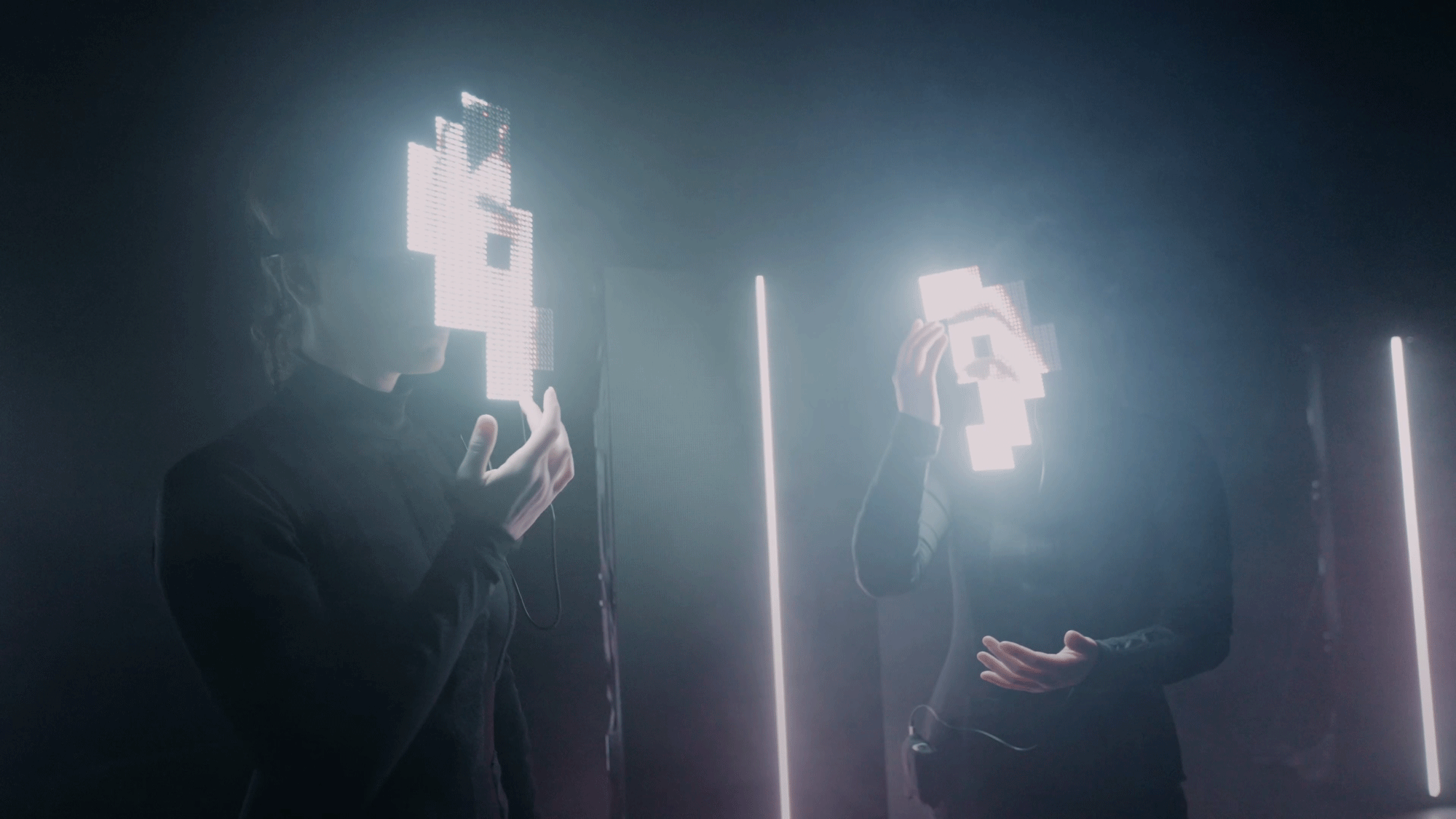
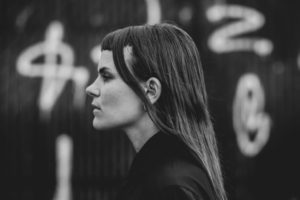 Myriam Bleau (CA) is a composer, digital artist, and performer based in Montréal. Using music and sound as a point of departure, she creates audiovisual performances, video works, installations, and interactive interfaces that articulate sound, light, and movement. Her work is mainly channeled through performance, embracing ephemeral and elusive contexts. From code and machine learning to physical computing and devices, she considers technology as another agency that co-creates the output. Her hybrid practice explores porous spaces between the physical and the virtual world, between the natural and the synthetic. Her work has been recognized and presented internationally in festivals and events such as Prix Ars Electronica (AT), Sónar (ES, HK), Transmediale (DE), Sonic Arts Award (IT), Elektra (CA), Mutek (MX, CA, JP, AR), ISEA (CA, KR), ACT (KR), L.E.V et LABoral (ES), Scopitone (FR), Café Oto (UK).
Myriam Bleau (CA) is a composer, digital artist, and performer based in Montréal. Using music and sound as a point of departure, she creates audiovisual performances, video works, installations, and interactive interfaces that articulate sound, light, and movement. Her work is mainly channeled through performance, embracing ephemeral and elusive contexts. From code and machine learning to physical computing and devices, she considers technology as another agency that co-creates the output. Her hybrid practice explores porous spaces between the physical and the virtual world, between the natural and the synthetic. Her work has been recognized and presented internationally in festivals and events such as Prix Ars Electronica (AT), Sónar (ES, HK), Transmediale (DE), Sonic Arts Award (IT), Elektra (CA), Mutek (MX, CA, JP, AR), ISEA (CA, KR), ACT (KR), L.E.V et LABoral (ES), Scopitone (FR), Café Oto (UK).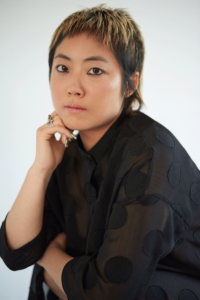 Nien Tzu Weng (TW/CA) is a Taiwanese-Canadian interdisciplinary dance artist and lighting designer based in Montreal. She aims to build bridges between disciplines, pursuing an experimental approach to contemporary performance and a laboratory-based approach to lighting design. As both a choreographer and lighting designer, Weng is curious about the relationship between movement and new media practices and plays with the balance between reality and fantasy. She uses light and multimedia in order to play with perspective, perceiving performance as a process of transmitting dialogues between inner and outer space, where presence and image build multiple, overlapping conceptions of time.
Nien Tzu Weng (TW/CA) is a Taiwanese-Canadian interdisciplinary dance artist and lighting designer based in Montreal. She aims to build bridges between disciplines, pursuing an experimental approach to contemporary performance and a laboratory-based approach to lighting design. As both a choreographer and lighting designer, Weng is curious about the relationship between movement and new media practices and plays with the balance between reality and fantasy. She uses light and multimedia in order to play with perspective, perceiving performance as a process of transmitting dialogues between inner and outer space, where presence and image build multiple, overlapping conceptions of time.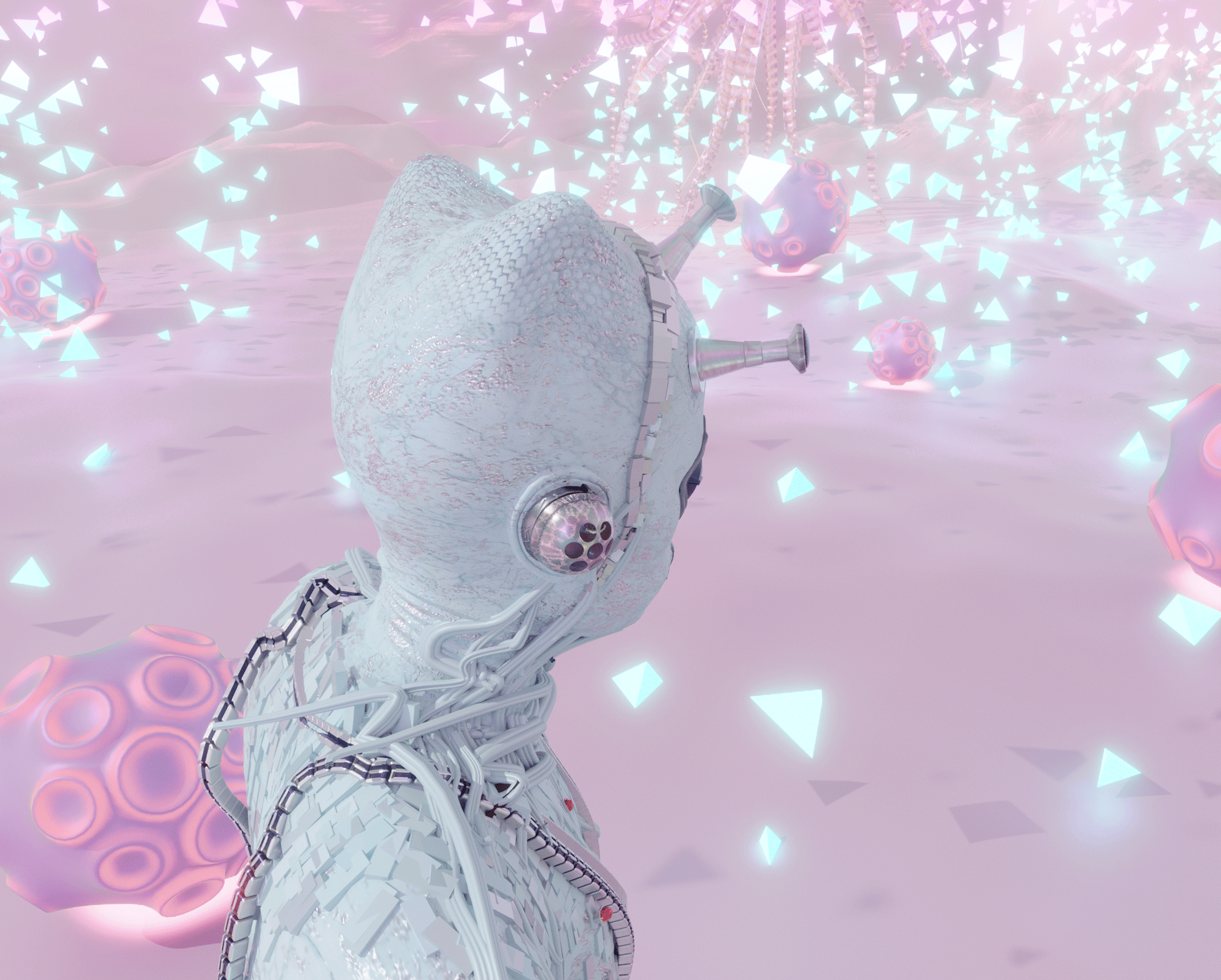
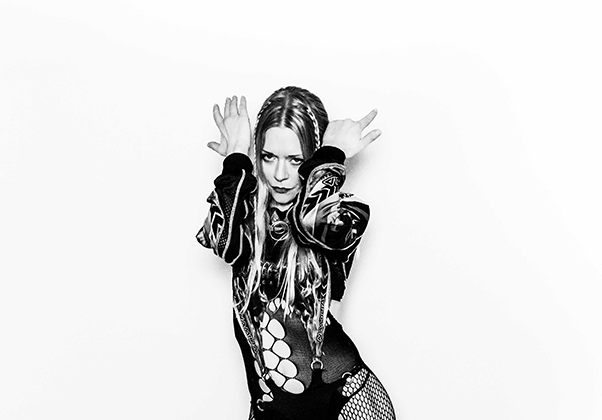

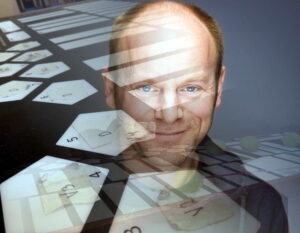 Øyvind Brandtsegg (NO) is a composer and performer working in the fields of computer improvisation and sound installations. He has a deep interest in developing new instruments and audio processing methods for artistic purposes, and he has contributed novel extensions to both granular synthesis, feedback systems, and live convolution techniques. All of his music software is available as open source. Brandtsegg has participated in more than 25 music albums in a variety of genres. Since 2010, he has been a professor of music technology at NTNU, Trondheim, Norway.
Øyvind Brandtsegg (NO) is a composer and performer working in the fields of computer improvisation and sound installations. He has a deep interest in developing new instruments and audio processing methods for artistic purposes, and he has contributed novel extensions to both granular synthesis, feedback systems, and live convolution techniques. All of his music software is available as open source. Brandtsegg has participated in more than 25 music albums in a variety of genres. Since 2010, he has been a professor of music technology at NTNU, Trondheim, Norway.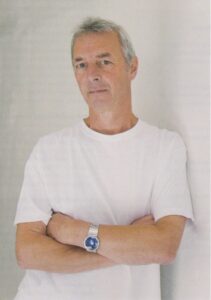 Jeremy Welsh (UK/NO) is a visual artist working with video, installation, and photography in various combinations, often in collaboration with other artists and musicians. Since his studies at art schools in England in the 1970’s he has had a strong engagement with multimedia art and experimental music. In recent years, he has worked with exhibitions, performances, concerts, and public art projects and has curated a number of exhibitions. One of his most significant projects is “The Atmospherics,” a collaboration with Trond Lossius that has been in progress since 2014 and has been shown at a number of museums, galleries, and festivals in Norway, England, and Italy. The project is concerned with an investigation of place through sound and image and has usually been presented as an installation with surround sound and several projections. “The Atmospherics” grew out of “Re:place,” an interdisciplinary artistic research project at Bergen Academy of Art between 2012 and 2013. Welsh was a professor at the art academies in Bergen and Trondheim between 1990 – 2020. He is currently a board member at Atelier Nord, Oslo, and board leader at The Sound Gallery, Bergen.
Jeremy Welsh (UK/NO) is a visual artist working with video, installation, and photography in various combinations, often in collaboration with other artists and musicians. Since his studies at art schools in England in the 1970’s he has had a strong engagement with multimedia art and experimental music. In recent years, he has worked with exhibitions, performances, concerts, and public art projects and has curated a number of exhibitions. One of his most significant projects is “The Atmospherics,” a collaboration with Trond Lossius that has been in progress since 2014 and has been shown at a number of museums, galleries, and festivals in Norway, England, and Italy. The project is concerned with an investigation of place through sound and image and has usually been presented as an installation with surround sound and several projections. “The Atmospherics” grew out of “Re:place,” an interdisciplinary artistic research project at Bergen Academy of Art between 2012 and 2013. Welsh was a professor at the art academies in Bergen and Trondheim between 1990 – 2020. He is currently a board member at Atelier Nord, Oslo, and board leader at The Sound Gallery, Bergen.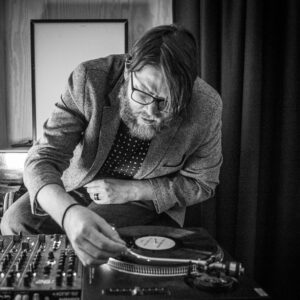 Tijs Ham (aka Tapage) (NL) is a Dutch sound artist and researcher living and working in Bergen, Norway. His artistic practice is situated in the field of live electronic music. He earned his Ph.D. in 2024 in artistic research at the University of Bergen, resulting in the project “Tipping Points.”
Tijs Ham (aka Tapage) (NL) is a Dutch sound artist and researcher living and working in Bergen, Norway. His artistic practice is situated in the field of live electronic music. He earned his Ph.D. in 2024 in artistic research at the University of Bergen, resulting in the project “Tipping Points.” 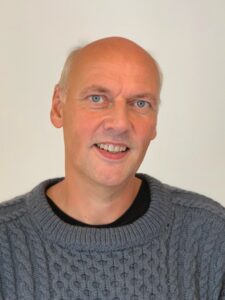 Trond Lossius (NO) investigates relations between sound, place, and space in field recordings, audio-visual installations, and collaborative cross-disciplinary projects. Using surround (Ambisonic) microphones, he records places rather than sounds, primarily engaging with suburban sound environments. “The Atmospherics” (River Deep, Mountain High) is an ongoing collaborative project since 2014 with Jeremy Welsh. The project researches notions of “place” explored through field recording in sound and video that capture unique qualities from rural and urban areas. The material is processed and edited to realize large-scale audio-visual installations. He has previously worked with the contemporary performance group Verdensteatret, winner of the New York Dance and Performance Awards, a.k.a. The Bessies. He develops open-source software for spatial audio and real-time media for his projects, and he has published research in international conferences and journals on sound and music computing. Trond Lossius holds an MA in geophysics, studied music composition at The Grieg Academy, and has a Ph.D. in artistic research from the Academy of Fine Art, Bergen National Academy of the Arts. He has formerly been Head of Research at the Oslo National Academy of the Arts and is currently a professor and Head of Ph.D. at The Norwegian Film School, Inland University of Applied Sciences, and Professor II at The Grieg Academy, The University of Bergen.
Trond Lossius (NO) investigates relations between sound, place, and space in field recordings, audio-visual installations, and collaborative cross-disciplinary projects. Using surround (Ambisonic) microphones, he records places rather than sounds, primarily engaging with suburban sound environments. “The Atmospherics” (River Deep, Mountain High) is an ongoing collaborative project since 2014 with Jeremy Welsh. The project researches notions of “place” explored through field recording in sound and video that capture unique qualities from rural and urban areas. The material is processed and edited to realize large-scale audio-visual installations. He has previously worked with the contemporary performance group Verdensteatret, winner of the New York Dance and Performance Awards, a.k.a. The Bessies. He develops open-source software for spatial audio and real-time media for his projects, and he has published research in international conferences and journals on sound and music computing. Trond Lossius holds an MA in geophysics, studied music composition at The Grieg Academy, and has a Ph.D. in artistic research from the Academy of Fine Art, Bergen National Academy of the Arts. He has formerly been Head of Research at the Oslo National Academy of the Arts and is currently a professor and Head of Ph.D. at The Norwegian Film School, Inland University of Applied Sciences, and Professor II at The Grieg Academy, The University of Bergen.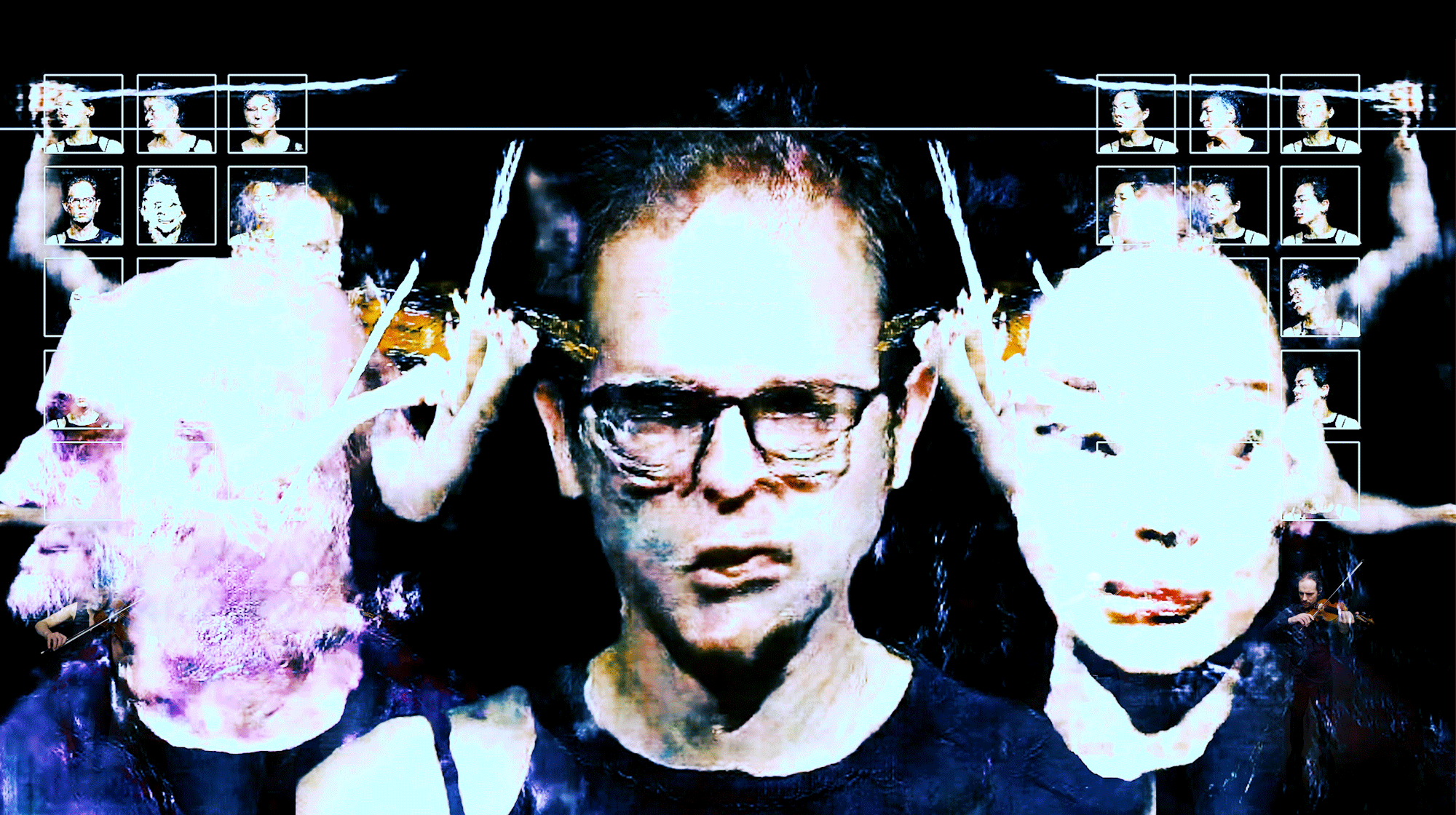
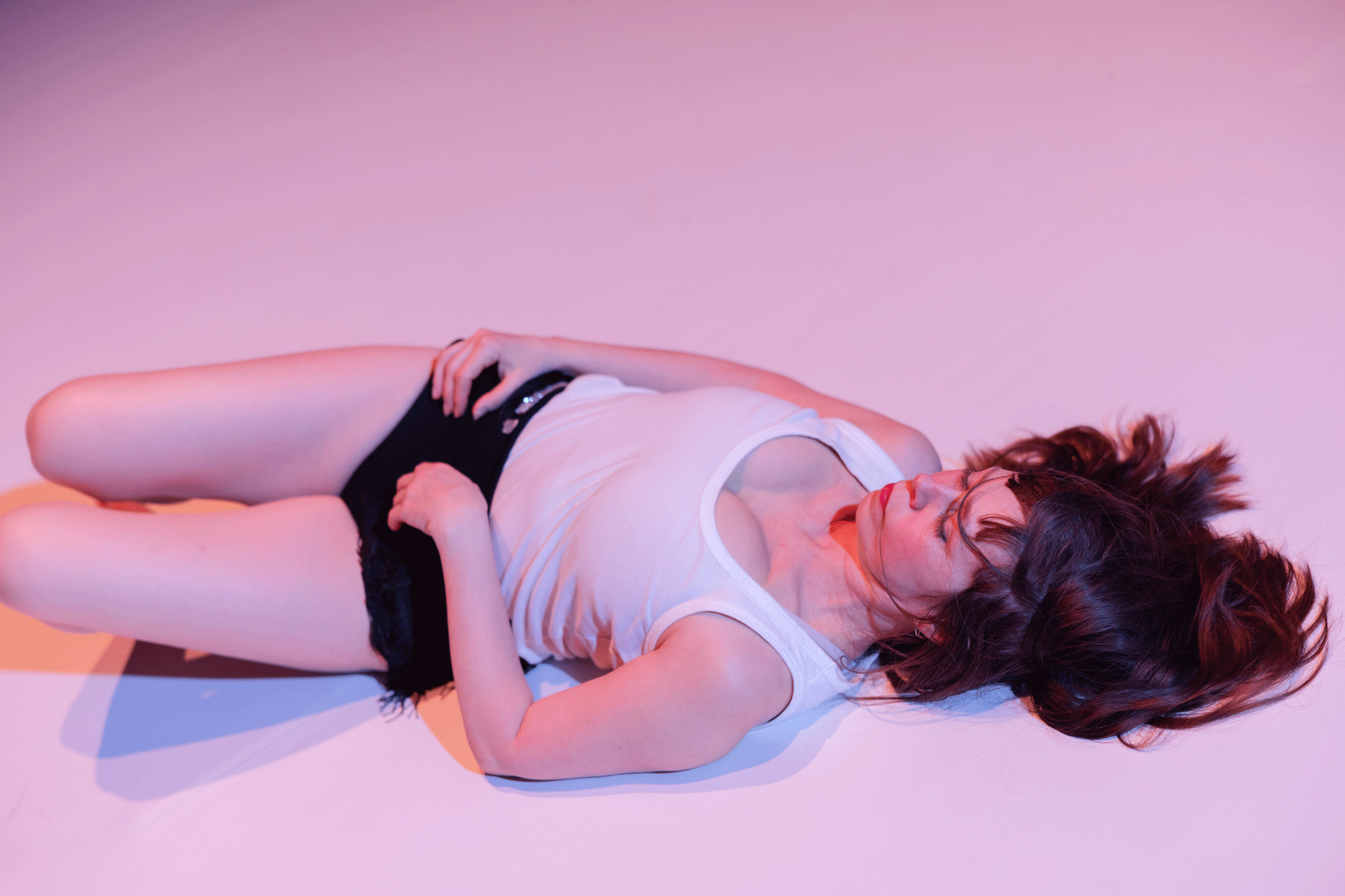
 Siri Jøntvedt (NO)
Siri Jøntvedt (NO) 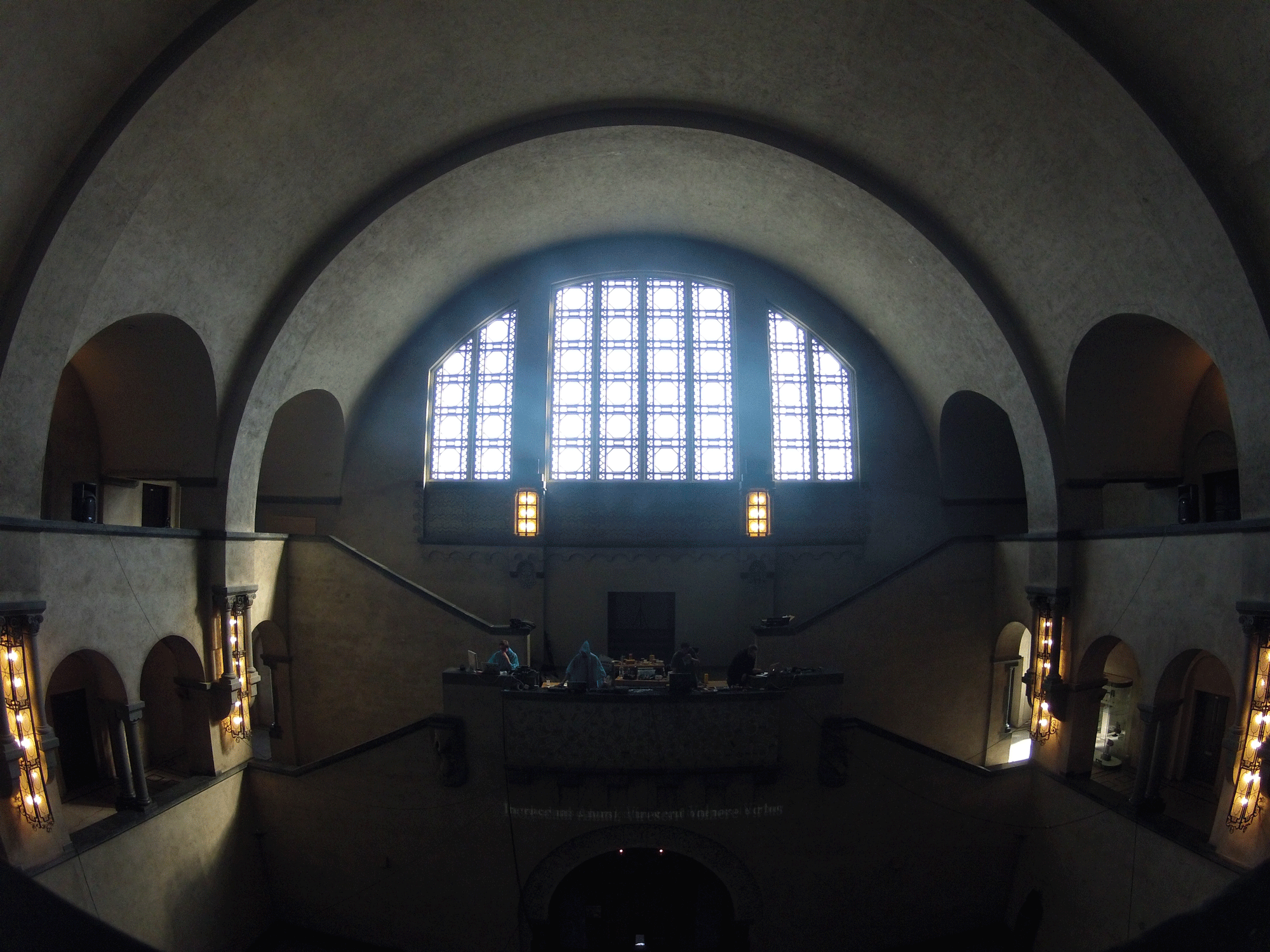
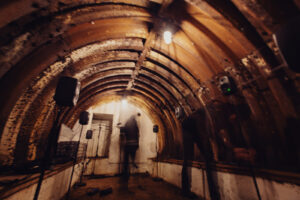 Ulf A. S. Holbrook (NO) is an interdisciplinary artist and researcher working with sound in a variety of media, including composition, improvisation, installation, programming, text, and research; with a specific interest in the representation of place and space through spatial audio, recording technologies, geo-spatial methods and software. He studied sculpture at the Glasgow School of Art and music technology at the University of Limerick and holds a Ph.D. in music technology from the University of Oslo. He currently works as an acoustic consultant.
Ulf A. S. Holbrook (NO) is an interdisciplinary artist and researcher working with sound in a variety of media, including composition, improvisation, installation, programming, text, and research; with a specific interest in the representation of place and space through spatial audio, recording technologies, geo-spatial methods and software. He studied sculpture at the Glasgow School of Art and music technology at the University of Limerick and holds a Ph.D. in music technology from the University of Oslo. He currently works as an acoustic consultant.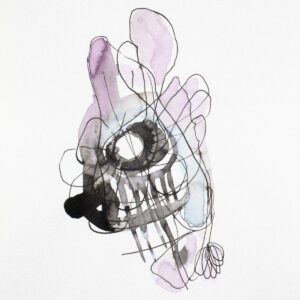 Arne Borgan (NO) is an artist and musician working in the field between art, sound, and experimental music. He creates exhibitions, performs concerts, and has released a solo record on Case Records and Tipi Token Records. He works with analog modular synthesizers, electro-acoustic soundscapes, and field recordings. Previously, he has released music with and performed in the constellations ARM and Cloudbilder.
Arne Borgan (NO) is an artist and musician working in the field between art, sound, and experimental music. He creates exhibitions, performs concerts, and has released a solo record on Case Records and Tipi Token Records. He works with analog modular synthesizers, electro-acoustic soundscapes, and field recordings. Previously, he has released music with and performed in the constellations ARM and Cloudbilder.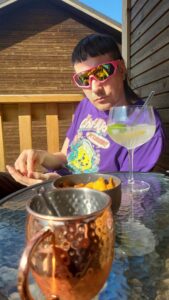 Arnfinn Killingtveit (NO) is a person, born, raised, and still living in Trondheim together with his cat. Formed by a mix of impulses both from academia and various underground music scenes, his various expressions are all over the place, and can differ hugely from project to project. Often, but not always, his sonic palette includes various forms of experimental styles, like electro-acoustic pling plong and noise, but he is not a stranger to more beat-driven electronic stuff either. Humor definitely got a central place in his creative world too, as can be witnessed especially in his live performances, whether it be playful interactions with the audience, or shamelessly combining highbrow contemporary styles with folksy dansband hits.
Arnfinn Killingtveit (NO) is a person, born, raised, and still living in Trondheim together with his cat. Formed by a mix of impulses both from academia and various underground music scenes, his various expressions are all over the place, and can differ hugely from project to project. Often, but not always, his sonic palette includes various forms of experimental styles, like electro-acoustic pling plong and noise, but he is not a stranger to more beat-driven electronic stuff either. Humor definitely got a central place in his creative world too, as can be witnessed especially in his live performances, whether it be playful interactions with the audience, or shamelessly combining highbrow contemporary styles with folksy dansband hits. 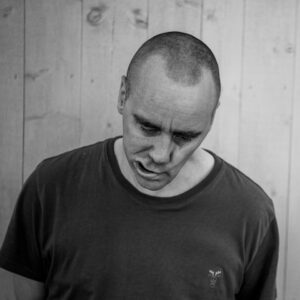 Martin Palmer (NO) is a Trondheim-based artist whose work explores themes of time, memory, and place. He integrates reality and fiction in his art using archival techniques and soundscapes.
Martin Palmer (NO) is a Trondheim-based artist whose work explores themes of time, memory, and place. He integrates reality and fiction in his art using archival techniques and soundscapes.